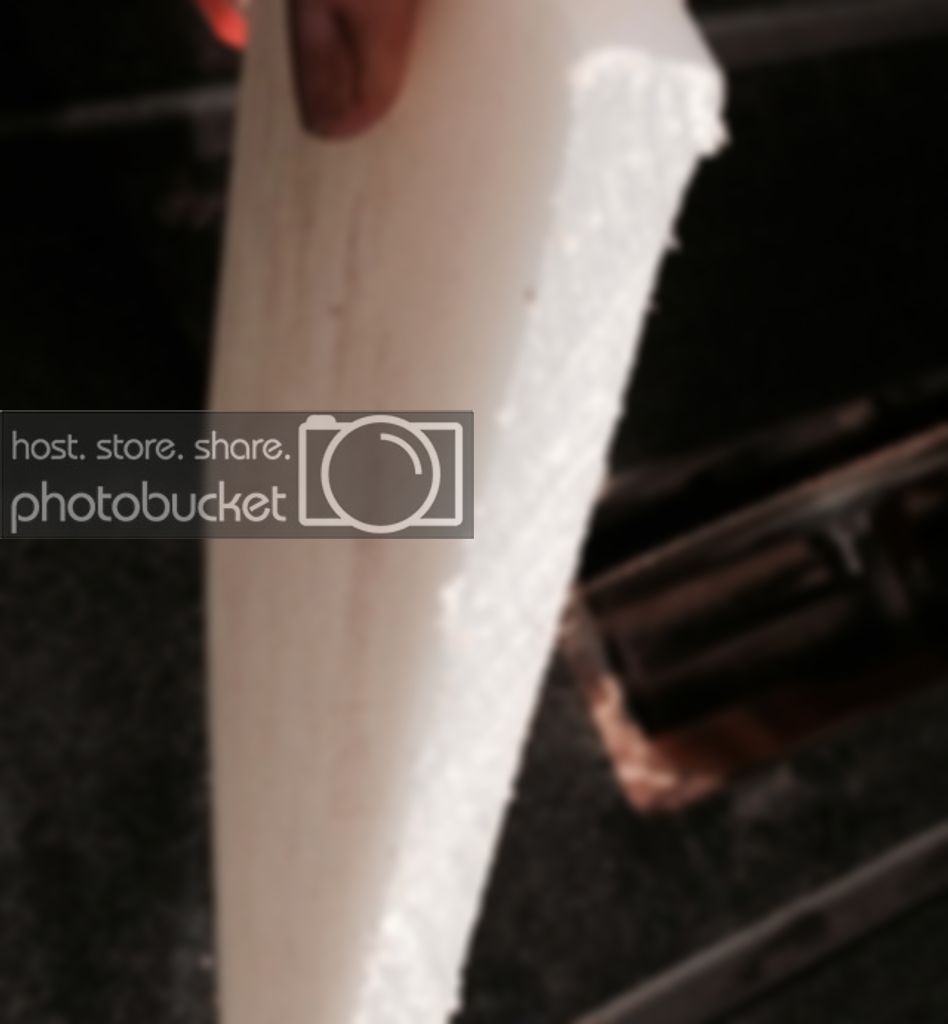Boy I hit every point in my first post.

Not know much about you being this is your second post here, we do not know what tools you have available or your experience. but that blade you are using is a steel blade used for cutting plywood such as paneling not regular plywood. It can be used but will dull very quickly because of the glue in plywood. plywood also has grains running both directions and that too will dull it quickly. That is why they make different blades for ripping with the grain and crosscut when cutting cross grain. You can cut plastics with it but again thin plexiglass, not the HDPE you are cutting. Now if you are cutting hardwoods or even pine you will start burning the wood in the cut. Too many teeth left in the cut and that causes heat. That is why it is a thin material blade. Can you cut with it, sure you did. But you are dulling that blade quickly.
Carbide is the way to go. Now which blade to buy. This presents a problem because not knowing what you do with your table saw besides cutting molds I do not know. If you want a versatile blade I suggest a carbide combination blade 50 tooth. It will do what you want. It will not give a pefect clean no teeth mark cut but you do not need that for making molds. You can always hit the edge on a disc sander if you have one. The zero clearance plate is always a good idea because it supports the fibers on both sides of the material when cutting and provides a cleaner cut. That material will produce alot of strings and small shards so be careful and wear safety glasses. If you are cutting a lot of it it will also leave a residue on the blade that you should clean off after with a good blade cleaner. It will preserve the blade longer too.
Now there are a ton of sites and articles on the web that will show what blades to use and how to choose them. here are a couple that maybe helpful

